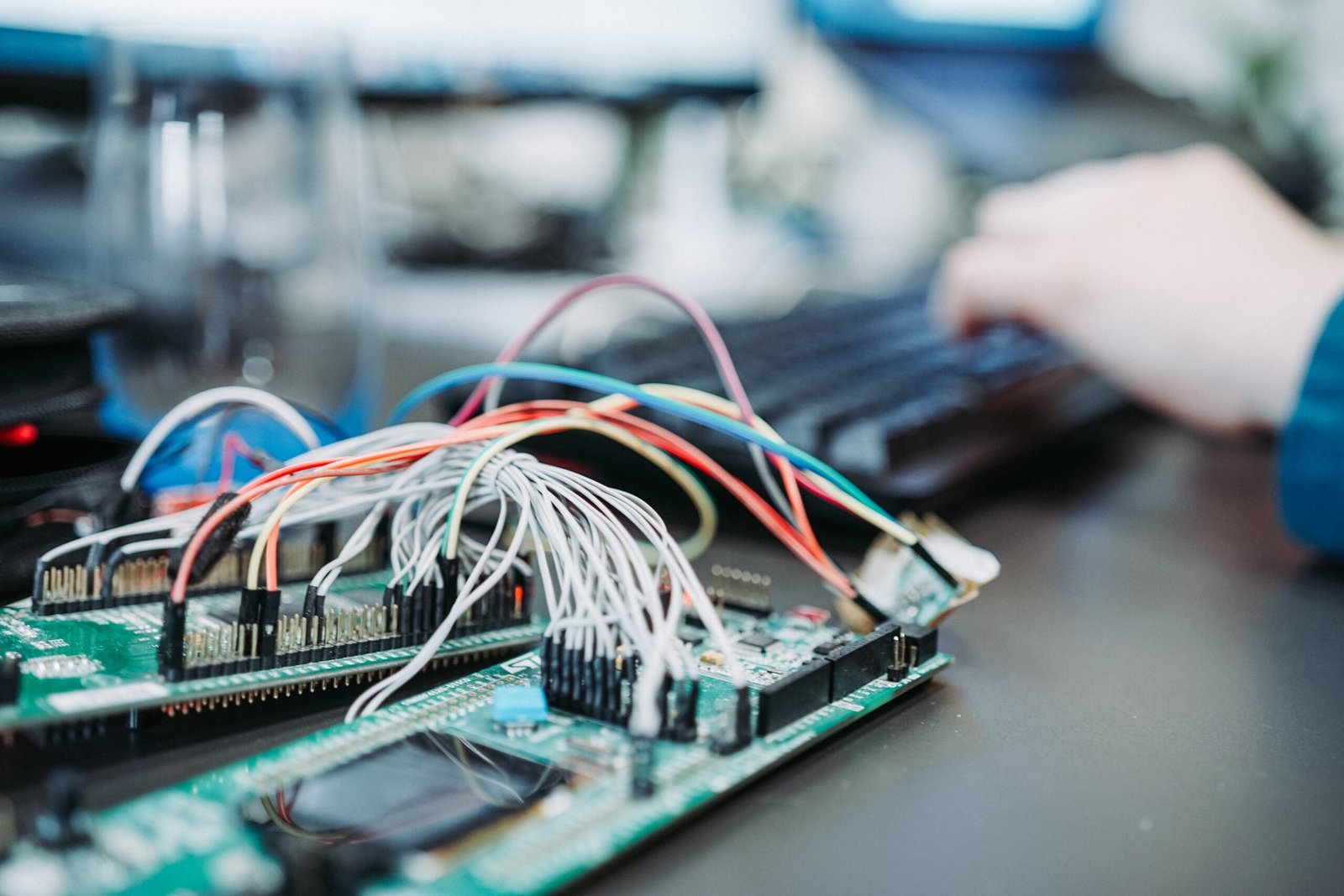In recent years, the Internet of Things (IoT) has revolutionized various industries, and healthcare is no exception. With the ability to connect devices and collect data in real-time, IoT has introduced a new era of patient monitoring and treatment. This technology has the potential to enhance patient care, improve outcomes, and reduce healthcare costs.
One of the key areas where IoT is making a significant impact is patient monitoring. Traditionally, patients had to stay in hospitals or visit clinics regularly to monitor their health conditions. However, IoT devices have changed this paradigm by enabling remote monitoring. Patients can now wear smart devices that continuously track their vital signs and send the data to healthcare providers in real-time. This allows doctors to monitor patients’ health conditions remotely, identify any abnormalities, and intervene promptly if necessary.
IoT devices also play a crucial role in chronic disease management. Patients with chronic diseases often require frequent monitoring and adjustments to their treatment plans. With IoT, healthcare providers can remotely monitor patients’ conditions and make timely interventions. For example, patients with diabetes can use IoT-enabled glucose monitors that automatically measure their blood sugar levels and send the data to their healthcare providers. This enables healthcare providers to track patients’ glucose levels and adjust their medication or lifestyle recommendations accordingly.
Another area where IoT is enhancing patient care is medication management. Adherence to medication regimens is a significant challenge for many patients, especially those with complex treatment plans. IoT devices can help improve medication adherence by sending reminders to patients to take their medications at the right time. These devices can also track whether patients have taken their medications and send notifications to healthcare providers if there are any compliance issues. This allows healthcare providers to intervene and support patients in adhering to their prescribed medication regimens.
Furthermore, IoT devices can facilitate telemedicine services, eliminating the need for in-person visits for routine check-ups and follow-ups. Patients can use IoT-enabled devices to measure their vital signs, such as blood pressure and heart rate, and share the data with their healthcare providers. This not only saves patients time and effort but also reduces the burden on healthcare facilities. Additionally, telemedicine services can be particularly beneficial for patients in remote or underserved areas who may have limited access to healthcare resources.
While IoT in healthcare offers numerous benefits, it also raises concerns regarding data security and privacy. As IoT devices collect and transmit sensitive patient information, it is crucial to ensure robust security measures are in place to protect this data. Healthcare organizations must implement encryption, authentication, and access control mechanisms to safeguard patient information from unauthorized access or breaches.
In conclusion, IoT has the potential to revolutionize patient monitoring and treatment in healthcare. By enabling remote monitoring, chronic disease management, medication adherence, and telemedicine services, IoT devices can enhance patient care, improve outcomes, and reduce healthcare costs. However, it is essential to address security and privacy concerns to fully realize the benefits of IoT in healthcare.
